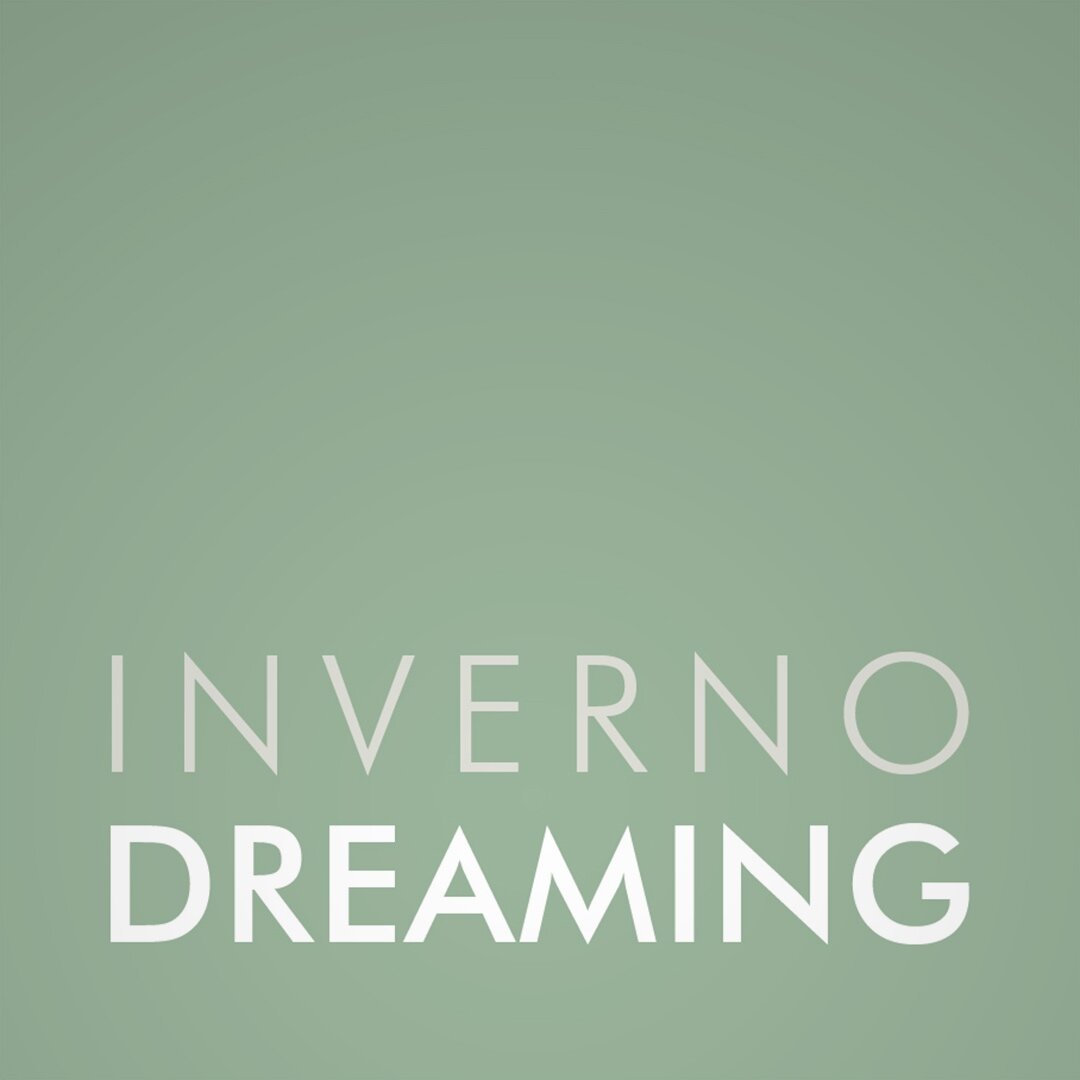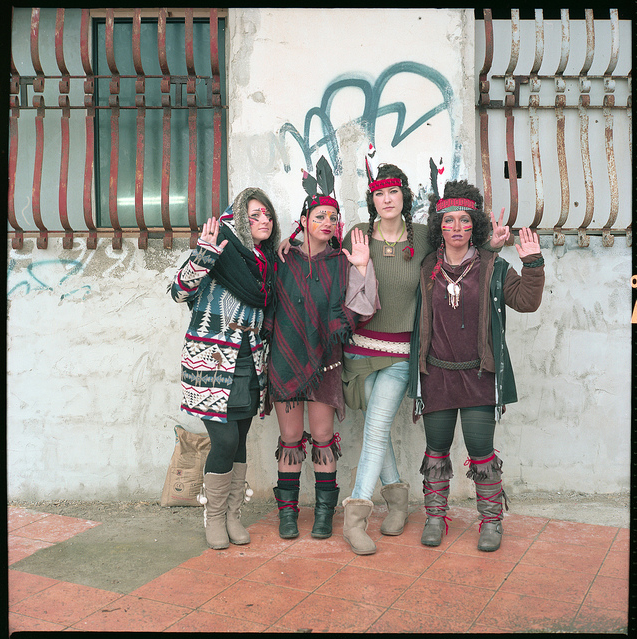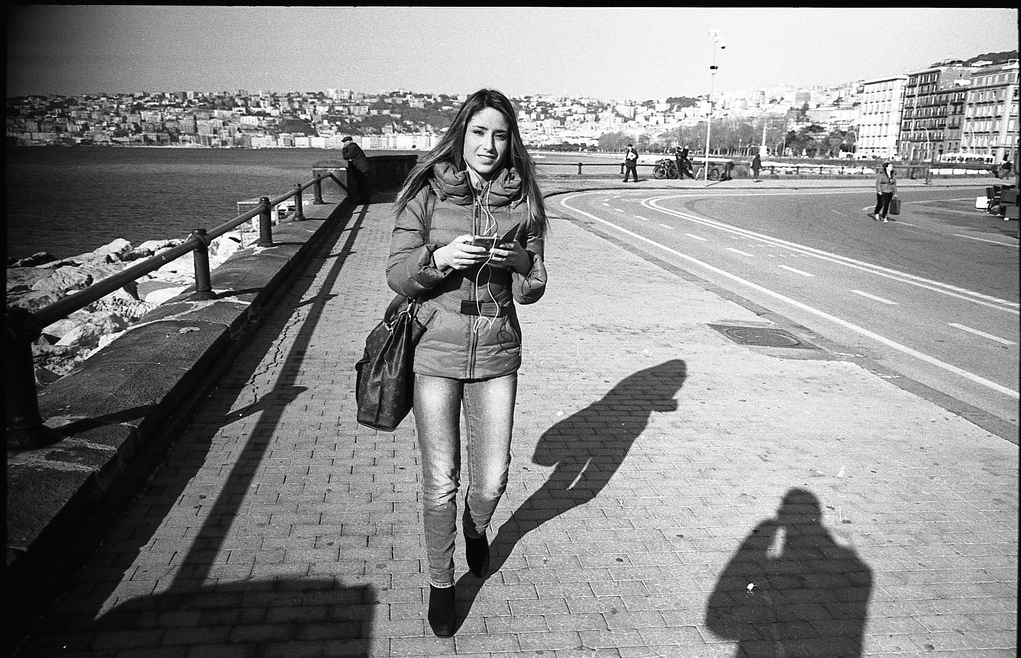When German writer Johann Wolfgang Von Goethe visited Naples in 1786, he was reported to say “See Naples and Die” implying that everyone should experience the beauty of the city before they died. Over the past three years, I have been enjoying my weekly fix of life in this bustling Italian port city. Photographer Robbie McIntosh captures its people, corners and stories almost like a photographic diary. Robbie’s images are engaging, humorous, emotional and curious, undoubtedly his work manages to reflect the city’s character and characters. Like the classic street photographers of the past surely these photos will only become more valuable as time passes; reflecting a historical view of society, fashion, politics, people and time in Italy’s third largest city. For a better insight, I asked Robbie some questions about the city he lives in and his photography.
• So how does a Scott end up living and working in Naples?
Half of my family is Italian, the other half is Scottish. So I suppose I'm a funny cross.
• How did you come to photography?
When I was a child, people around me used these wonderful, magical dark boxes called cameras. One of my favourite pictures of my childhood depicts me while I'm standing near an old Renault 4. So I believe that my passion (or maybe obsession) for photography and cars clicked back in those days. A wee bit too freudian, uh?
• Photographically what inspires you?
That's maybe your hardest question. I'd like to quote one of my favourite photographers, Garry Winogrand, who said "I photograph to find out what something will look like photographed."
• A lot of your work is like a daily digest of Naples and it's inhabitants, do you set out to cover different areas of the city or do you just photograph as you go about your own daily business?
I photograph mostly on weekends and I live downtown. So I just get out and shoot.
• Naples is one of Europe's most vibrant city's there seams to be a story on each street, are you ever stuck for inspiration in this environment?
Oh yeah. Most of the time I'm afraid to shoot the same stuff over and over again. Sometimes lack of inspiration is around the corner.
• Can you tell me a bit about how you approached a days photography and what in general is the reaction to your 'in your face' style street photography?
I'm a very shy guy. My approach to street photography, on the other hand, is very direct and explicit. I guess is an unconscious way to come to terms with my shyness. The reactions are very different, they depend on the level of empathy I establish with the subjects. Some get nervous, some get confused, some get amused, some get pissed off, some just do not even notice me. However, it rarely lasts more than 1/125 of a second!
• When you arrive in a street or place what is the first thing that attracts your attention, what do you look for?
Good light and the way people interact with other people and the environment. Then I try to be as invisible as possible. Just like a ghost wearing wayfarers.
• You use a verity of cameras and film and I noticed there is a difference in style between your 35mm images and medium format pictures can you tell me a bit about this?
35mm is fast, instinctive, emotional. Medium format is rational, meditative, logical. Just like the difference between the left and right part of the brain.
• Are you a people person, how do you engage with the people you take photos of?
Most of the time I don't ask for permission (usually I do it when I'm shooting medium format). Usually my interaction with people is very quick... I shoot, then I'm gone. I never run, I just walk my way.
• Naples has an infamous reputation and some of its districts are notorious no go areas, have you ever been tempted to photograph these places?
I've been shooting in some "no go areas". The funny thing is that the most dangerous situation I went through occurred in the winter of 2013, in a seaside location called Licola. It was very early in the morning, and I shot some mobsters during an illegal horse training on the shoreline.
• Have you ever taken a camera in to the San Paolo Stadium on a Sunday afternoon?
No never, I'm not a big football fan. However, some football fanatics deserve to be shot!
• If you weren't photographing Naples and it's people what other city would you like to cover and why?
The Big Apple, it's a no-brainer. A gold mine for characters. Sooner or later I'll end up shooting in Coney Island.
• Finally, why do you chose to use film as opposed to digital?
Film looks better than digital. I can touch it and even smell it! You can push it, pull it, without getting betrayed. Film cameras are much more appealing than the crappy plastic digital cameras. They even sound better, think about the "fla-flaaap" of the mighty Swedish Hasselblad, or the soft and gentle Leica whisper.
If like me, you are inspired by Robbie’s great photographs you can follow life in Naples on his Flickr photostream here.
© All Rights Reserved | Robbie McIntosh 2014
























